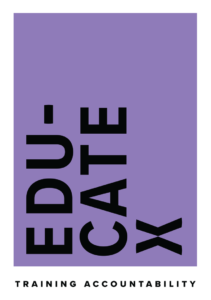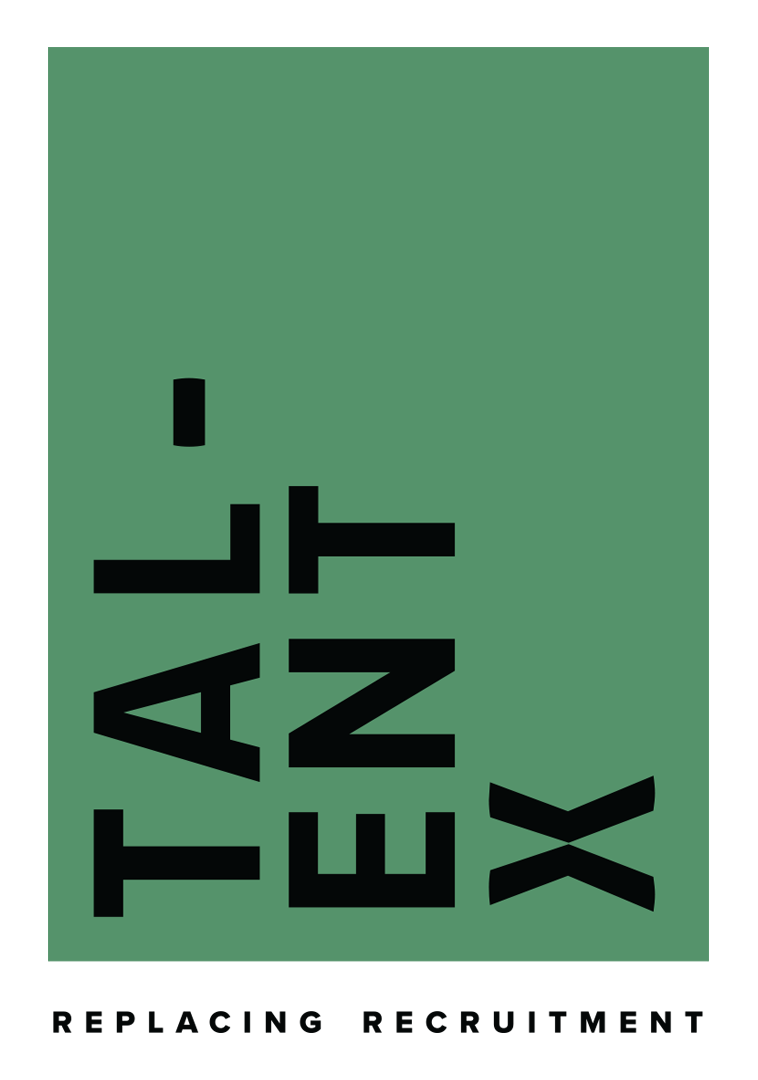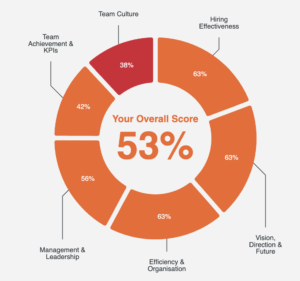A lot of people feel that “good talent isn’t out there applying for jobs via ads.” I can tell you from experience that this is not true! Great talent is absolutely out there, keeping an eye on the market and ‘seeing what’s out there’. So you’d better have an ad good enough to grab their attention, and compel them to apply!
The key to this is to write ads that are so good that they “hit candidates between the eyes” and “they can’t help but apply!” (actual feedback from candidates).
Your first intention has to be attracting the right kind of people to your roles who will read your ad and feel as though it was written just for them.
Here’s the proof from our Seek analytics:

- Applications Per Job Ad: Applications per job ad surged by 8.6% month-on-month, showing our growing appeal in the talent market, part of a broader trend across 2023 and 2024.
- Applications Completed: We’ve completed 8,355 applications, averaging 135 per ad, a 96% increase compared to the previous seven months.
- Views in the Job Search: We’ve had 838,087 job search views (12,931 per ad), an 8% increase in views per ad compared to the previous seven months.
- Ad Clicks: Our ads garnered 65,505 clicks, 1.9x more than similar ads.
Posting your own job ads are powerful because:
- You own the candidates who apply.
- You have the opportunity to attract the perfect person.
- You are getting people who are actually looking (vs. being poached).
- When you find an ad that works well, this becomes your intellectual property and can be used again and again for key roles.
TYPICAL AD STRUCTURE:
- About the company
- Duties & tasks
- “To be successful you will have…” Skills & experience required
- Benefits & pay
THE PROBLEM WITH THIS:
These types of ads don’t speak directly to high performers. These top candidates are looking for roles that stand out and promise growth and achievement, not just a checklist of duties. Plus, most job ads look and sound the same, making it easy for potential applicants to gloss over them. A boring, cookie-cutter ad doesn’t capture anyone’s attention.
Another issue is the overemphasis on screening criteria. This likely stems from minimal screening after applications come in, but it can scare off great candidates who might not tick every single box but are still highly capable.
When you are looking for things, you vote for something interesting. Typical ad lack of creativity in job titles. Interesting titles can grab attention and make a job more appealing right from the start.
Lastly, posting the ad in just one category can severely limit its reach. Broader distribution means more eyes on your ad and a better chance of finding the right fit.
You have to know that there seems to be a couple of basic laws I have discovered to do with ads:
- WHAT YOU WRITE YOU ATTRACT.
- IN ORDER TO REALLY REACH OUT AND GRAB YOUR IDEAL CANDIDATE, YOU HAVE TO WRITE THE AD SPECIFICALLY TO THEM.
Define Your Necessities vs. Preferences
Many people fail to distinguish between necessities and preferences when hiring, leading to confusion and the rejection of candidates based on preferences rather than true requirements. Ensure these two categories are separate and simple. You can identify a necessity by asking if you would be willing to lose a great candidate who has everything else except that one thing.
To achieve this, you must remove your preconceived ideas.
[Preconceived ideas] = opinions formed before having evidence for their truth or usefulness, and they prevent you from seeing what’s in front of you. Here are some common examples:
- “You pay peanuts, you get monkeys.”
“They are young, so they must be immature or unsure of what they want.” - “If they have spelling mistakes in their resume or emails, they must not care or aren’t professional enough.”
- “More years in the role means a better candidate.”
There are good staff out there who care about your business and you need to speak to what your ideal employee wants. We’ve conducted team audits with over 165 staff in the last 12 months, asking them to rate a list of 10 things in order of importance. The top five are always:
- Work-life balance
- Culture
- Good pay
- Progression
- Clear expectations and goals
Some interesting findings from these audits include:
- 49.2% say their workplaces are not organised.
- 22.3% of staff don’t know their roles or responsibilities.
- 30% of staff don’t know their teammates’ roles or responsibilities.
- 55.6% do not have any KPIs, deadlines, or targets.
- 32% report toxic or problematic personalities in the team.
If you want to stand out as an employer, take this into account. Remember, whatever you write in your job ad, you will attract.
Read this article to learn how to GET 2-3X MORE APPLICANTS WITH THESE JOB AD SECRETS
Need help with your hiring, contact us today







